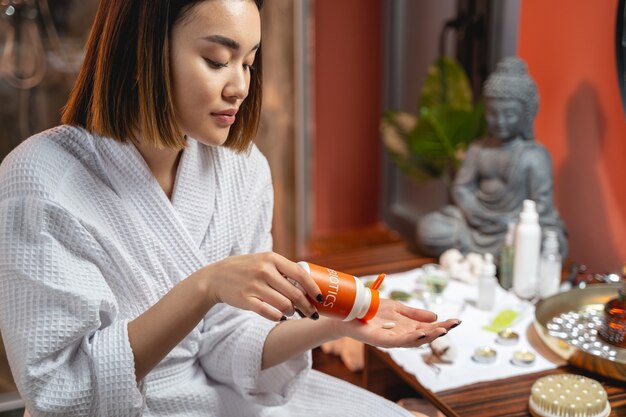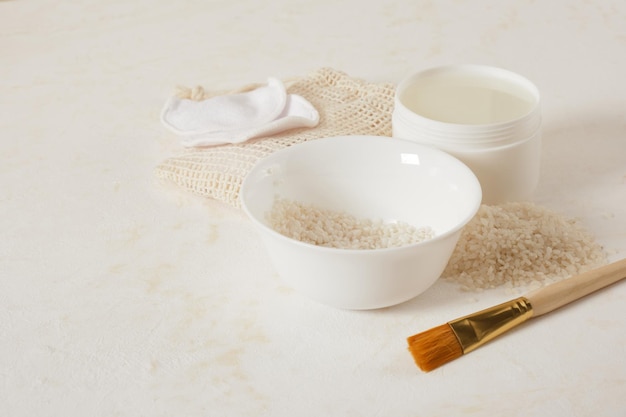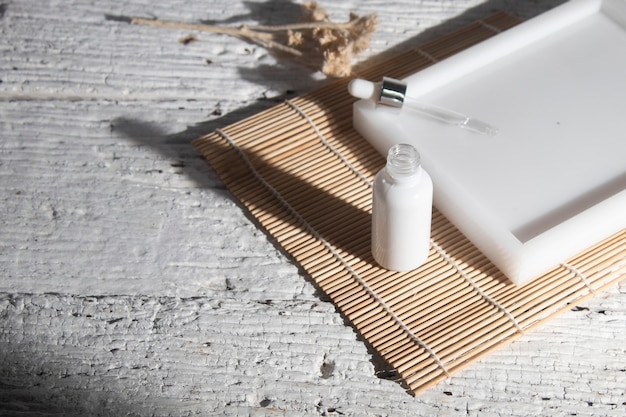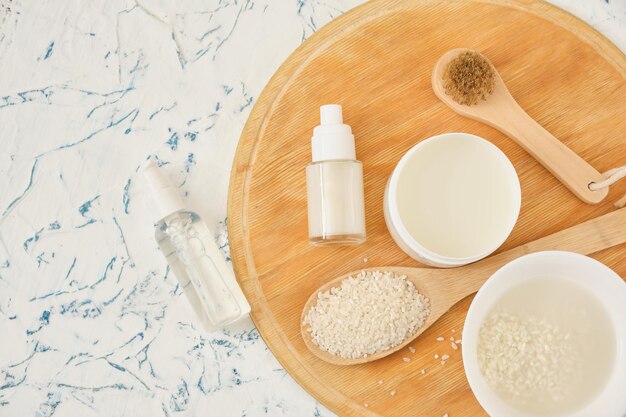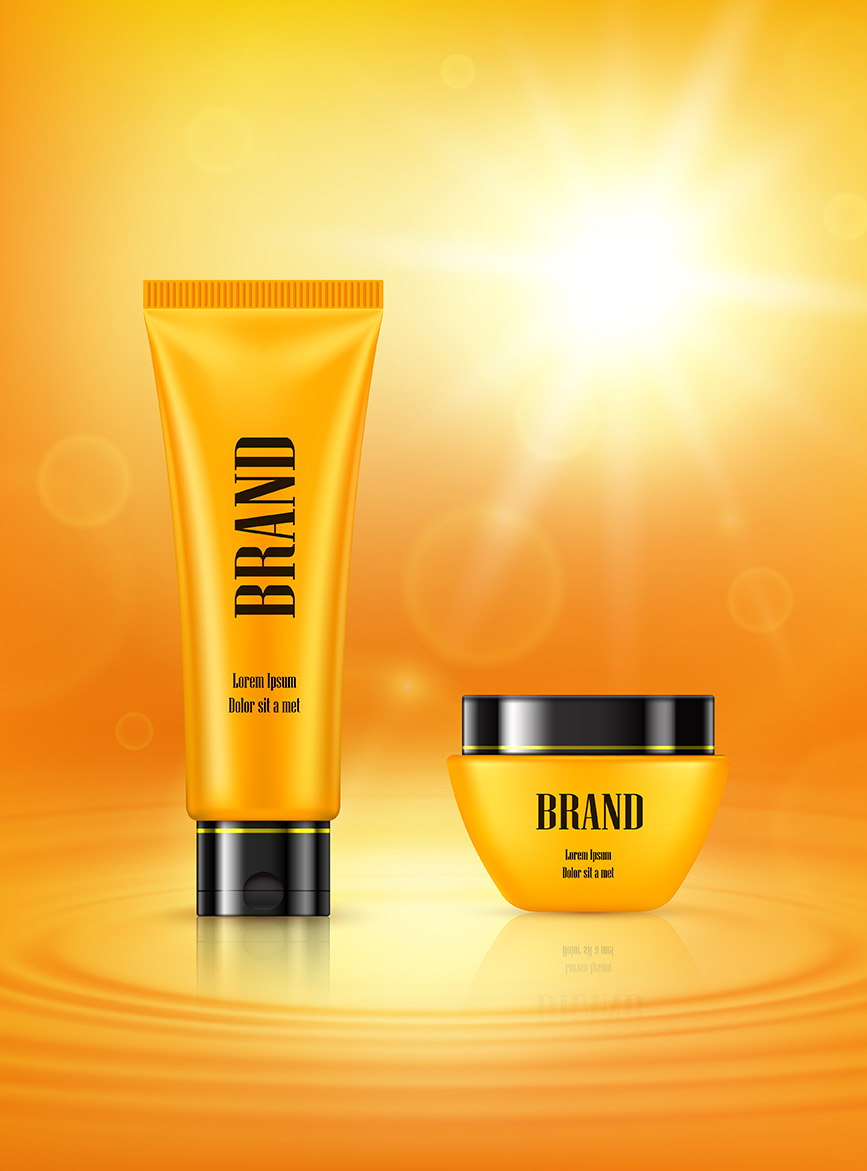Are you curious about the disparity between sunscreen and sunblock? I’m sure you’ve encountered these terms while browsing your favourite stores or scrolling through Instagram, where they’re often recommended for your skincare regimen.
While the words are commonly used interchangeably, you might wonder if there’s a distinction between the two. And if there is, which one should you choose? Moreover, what are these products even used for? Don’t worry; we’ve got your back!
Understanding the differences between sunscreen and sunblock is vital to selecting the optimal sun protection. The fundamental difference lies in their mechanisms of action. Sunscreen functions by absorbing the UV rays before they can reach your skin, while sunblock forms a barrier, thwarting the penetration of UV rays into the skin. By understanding, you can make an informed decision and ensure adequate sun protection.
Prepare to be amazed as we delve into the clear-cut differences and a few similarities between sunscreen and sunblock. This blog post is tailored to provide a comprehensive understanding of both and help you make an informed decision.
Sunscreen
Sunscreens are packed with different active ingredients that do the heavy lifting when absorbing those pesky UV rays. We’re talking about oxybenzone, avobenzone, octisalate, octocrylene, homosalate, and octinoxate. These bad boys need a little rubdown on your skin to work their magic and don’t leave any visible residue behind. But watch out for the sneaky ones that may contain oils and give you a shiny or greasy look.
Now, here’s the lowdown on sunscreen risks. The chemicals in these products can sometimes be harsh and irritate your skin, especially if you’re one of those sensitive skin folks. In addition, those oils can be troublemakers and clog up your pores, leading to unwanted acne. But hey, on the bright side, they’re usually lighter and more comfy.
So, when you’re on the hunt for the perfect sunscreen, keep in mind that some protect you from UV-B rays only, while others got your back for both UV-A and UV-B rays. So, be a label detective and read those little guys closely to ensure you get the protection you need.
Sunblock
Unlike sunscreen, sunblock packs a punch with zinc oxide or titanium dioxide. These superheroes work their magic by blocking those UV rays instead of getting all cozy with your skin. So, they leave a visible residue and need a thorough application to protect every inch. But the cool thing is, these ingredients are super skin-friendly and can be used without any worries, even for folks with sensitive skin.


